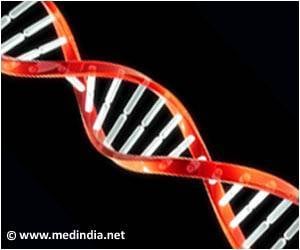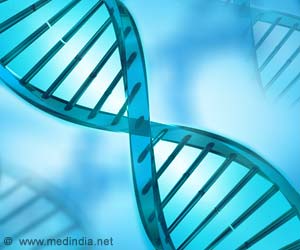Researchers have recently reported clues to unraveling the mystery of the disease best known for striking down New York Yankees first baseman Lou Gehrig
Researchers have recently reported clues to unraveling the mystery of the disease best known for striking down New York Yankees first baseman Lou Gehrig nearly 70 years ago.
According to Virginia Lee, Ph.D., of the University of Pennsylvania a team of researchers has identified the misfolded protein that causes both Lou Gehrig's disease or amyotrophic lateral sclerosis (ALS), as well as a less well-known disease, frontotemporal lobar degeneration.The findings of the study, published in the Oct. 6 issue of Science identify it as TAR DNA-binding protein 43 (TDP-43), that has several functions and is found in the nucleus of many cell types.
Misfolded proteins are a common occurrence in neurodegenerative diseases. They are tagged for recycling by the protein ubiquitin, but instead of being broken down they are dumped in the neurons.
However Dr Lee said that the specific ubiquitinated protein involved in ALS and frontotemporal lobar degeneration had not been earlier identified. She and her colleagues noted that the finding "resolves a long-standing enigma."
Clinical features such as dementia and motor complications are common to both ALS and frontotemporal lobar degeneration patients which made researches consider the likelihood of the two diseases being related in some way.
Tests using tissue samples showed that the motor neurons of ALS patients and the frontal and temporal neurons of frontotemporal lobar degeneration patients contain large amounts of ubiquitinated TDP-43 in their cytoplasm.
Advertisement
Dr Lee said, "It's very exciting that we finally made the connection between dementia and motor neuron disease. Clinically there's overlap in these two disorders, so it was very tantalizing to see if there was anything to link them biochemically."
Advertisement
According to study co-author John Trojanowksi, M.D., Ph.D., director of Penn's Institute on Aging although ALS is well-known because of its link with Gehrig, frontotemporal lobar degeneration is less well-known while this may be because of its rarity in spite of it being the second most common cause -- after Alzheimer's disease -- of dementia in people under the age of 65.
Dr. Trojanowksi said, "Another reason for (its) relative obscurity is also undoubtedly the shame family members experience with the strange and, at times, bizarre behavior of patients, including disturbing obsessions, larceny, or even sexual deviancy, that may bring the patient to the attention of the legal system rather than to the healthcare system."
Dr Lee pointed out that usefulness of the finding depends on whether future research shows that TDP-43 is a useful target for new therapies and diagnostic tools.
Source-Medindia
NLA






